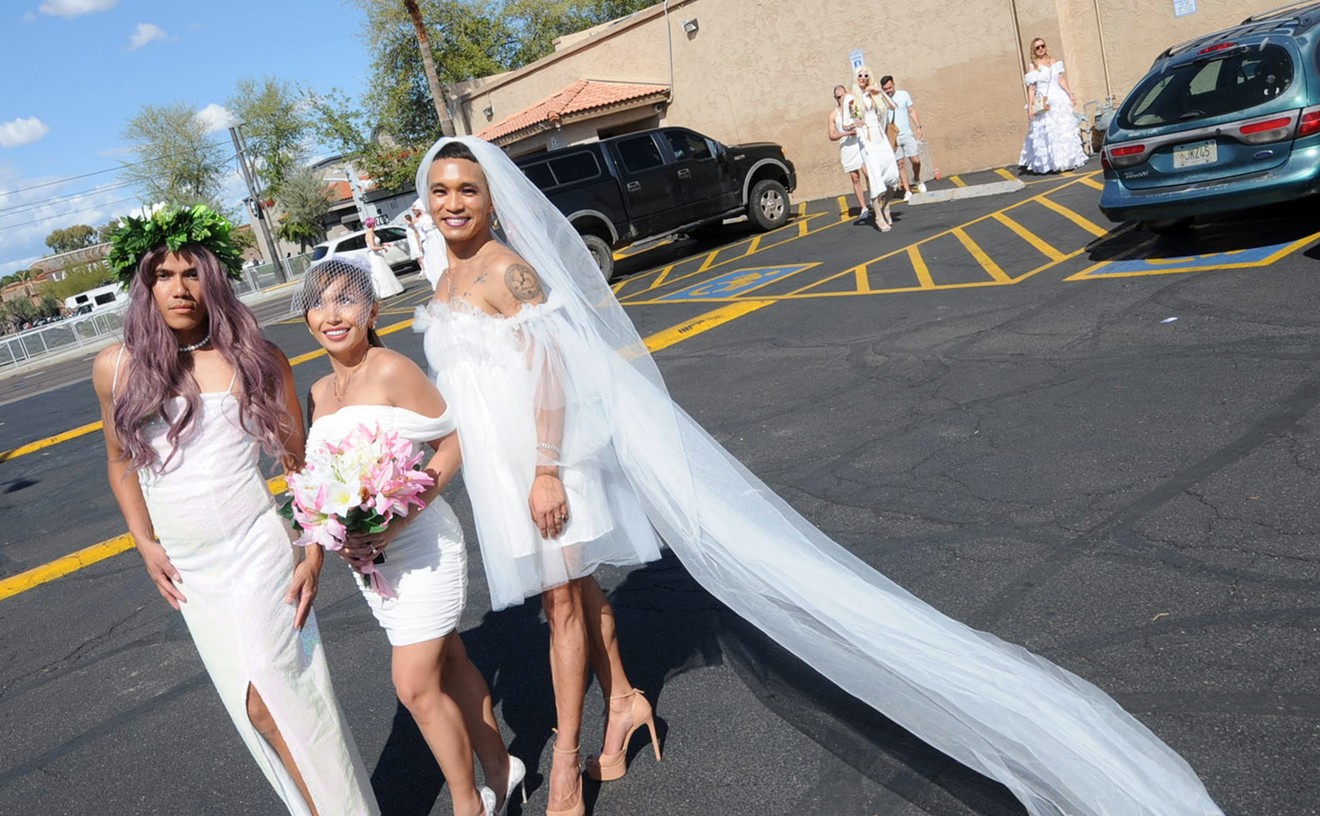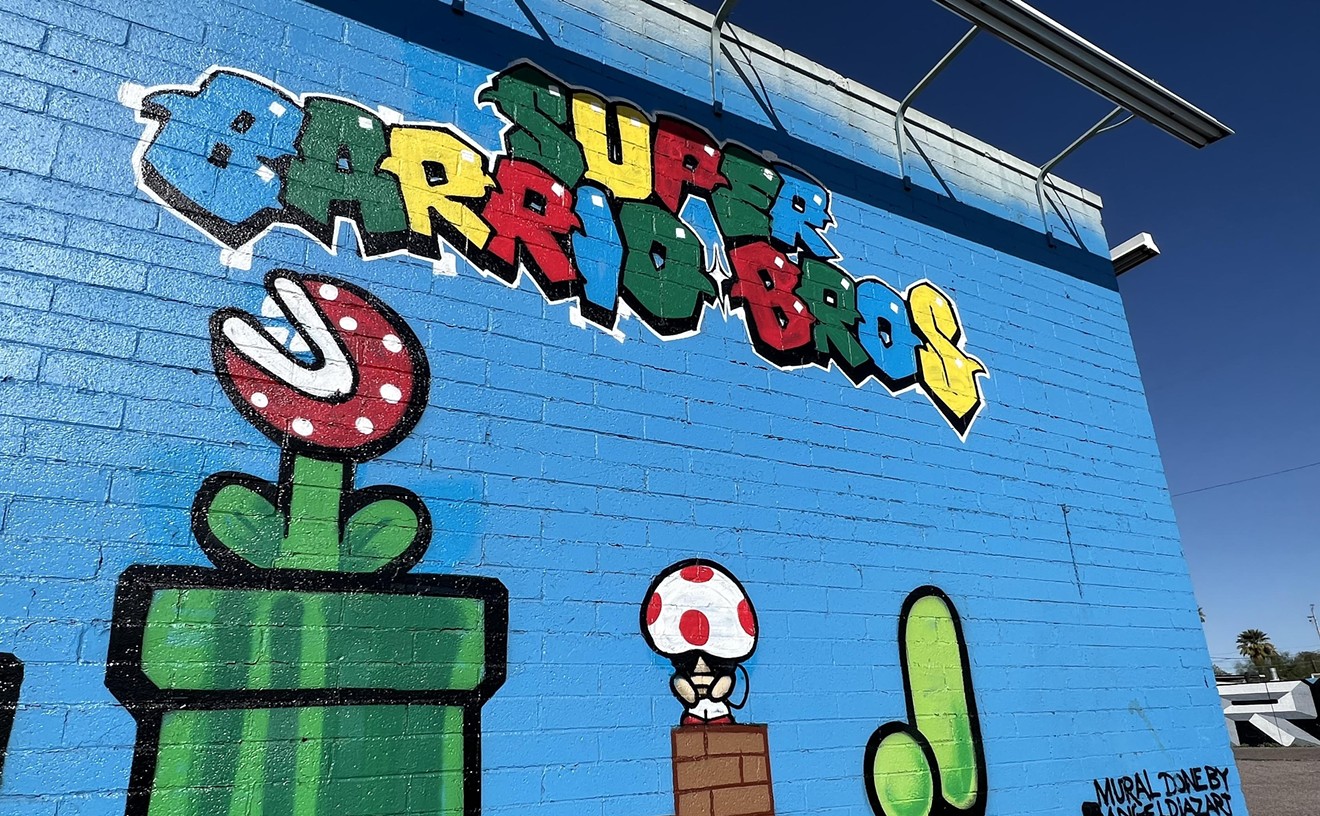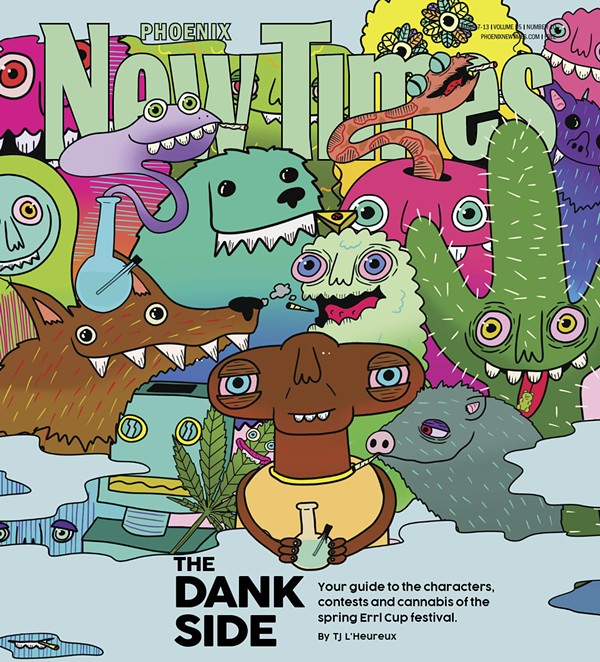Fashion
10 Sneaker Terms You Need to Know When Getting Into Kicks
So you want to get into the sneaker game… It seems easy at first, just buy a few kicks and figure it out from there. Then you strike out on the weekend’s instant-sellout releases, so you get on eBay, Twitter, or your local Facebook sneaker group to see what people...
[
{
"name": "Editor Picks",
"component": "16759093",
"insertPoint": "4",
"requiredCountToDisplay": "1"
},{
"name": "Inline Links",
"component": "17980324",
"insertPoint": "8th",
"startingPoint": 8,
"requiredCountToDisplay": "7",
"maxInsertions": 25
},{
"name": "Air - MediumRectangle - Combo - Inline Content",
"component": "16759092",
"insertPoint": "8th",
"startingPoint": 8,
"requiredCountToDisplay": "7",
"maxInsertions": 25
},{
"name": "Inline Links",
"component": "17980324",
"insertPoint": "8th",
"startingPoint": 12,
"requiredCountToDisplay": "11",
"maxInsertions": 24
},{
"name": "Air - Leaderboard Tower - Combo - Inline Content",
"component": "16759094",
"insertPoint": "8th",
"startingPoint": 12,
"requiredCountToDisplay": "11",
"maxInsertions": 24
}
]
So you want to get into the sneaker game… It seems easy at first, just buy a few kicks and figure it out from there. Then you strike out on the weekend’s instant-sellout releases, so you get on eBay, Twitter, or your local Facebook sneaker group to see what people have for sale, as you’re presumably not willing to drop Flight Club (the world’s biggest and generally priciest sneaker resale marketplace) money on a pair just yet.
That’s when you get hit in the face by dozens and dozens of nicknames, abbreviations, and general sneaker slang that you’ve never seen before. It’d take months to explain the details of every word and every sneaker, so here’s a starter kit of 10 easy terms to kick off your shoe collection. (Yeah, it’s mostly Jordan stuff. Does anyone really get into the sneaker world and go straight to Kith or Nike SB?)
10. Colorways
If you know anything about fashion, design, or anything else visual, you’re probably familiar with the term “colorway.” It’s just the color scheme for the given product. What’s different for sneakers is that the colorway is often at least as important as the actual model of the sneaker. Are this year’s “Chicago” Air Jordan 1s made of significantly better material than last year’s “Black/Gum” colorway of the same model? Not really, but the colorway and slight rarity of the Chicagos make them worth roughly three pairs of the Black/Gum kicks on the open market.
Pro Tip: A colorway with a well-known nickname is almost definitely going to be worth more than one without, and that goes double for collaborations with other designers.
9. Beaters
Much like a car, a “beater” in the sneaker world is a well-worn, likely older model of shoe that probably have some significant wear and tear on them. Beaters generally don’t sell for much, unless they’re a particularly legendary model, and they’re generally sold without the original box or extra laces. Unlike most “worn” sneakers that have been kept as close to perfect as possible, beaters tend to be the shoes used for rainy days and in the gym. A “beater box” is exactly what it sounds like, it’s a box full of beaters, and they can generally provide a good budget starting point if you’re just looking to pick up some decent old kicks on the cheap.
Pro Tip: Know which shoes clean up nicely. Lower top sneakers with wider profiles like SB Dunk Lows, Air Jordan 3s, and most Nike Air Max models tend to hold their shape better over time than their higher and narrower brethren.
8. Retro
Simply put, a “Retro” release is just a release (or re-release) of a colorway that happened after the shoe model’s initial release, particularly in the Jordan Brand world. For instance, the original Air Jordan 7 dropped in 1992, but the Bordeaux colorway was re-released as a Retro (among many others) in both 2011 and just recently (2015). A new model of Air Jordan comes out each year, and while roughly half of them are generally unpopular with the public and therefore unlikely to be given the Retro treatment anytime soon, any of them could see a re-release whenever Nike and Jordan felt like it.
Pro Tip: Now that the Air Jordan line has been around for so long, the model that tends to be heavily retroed in a year is whichever shoe came out 23 (Michael Jordan’s number during the prime of his career) years ago. Last year, the Air Jordan 6 (1991) saw several new colorways, this year it’s the 7, and there are already releases planned for the end of the year and beginning of next year for more Air Jordan 8s (1993).
7. PP/Inv
Much to eBay’s dismay, many sneaker buyers and resellers prefer to conduct business directly through PayPal since eBay takes roughly 10% of the final price. On social media, you’ll see sellers openly state “$100 PP Inv” (meaning the sneakers cost $100 via PayPal invoice) or “$100 gifted” ($100 via PayPal friends/family). Since no one wants to get their eBay account suspended for using it as a platform to advertise PayPal deals, a lot of eBay sellers will simply put “Message me for a better price” or something along those lines instead.
Pro Tip: PayPal invoices provide a lot of protection for a buyer, but gifting payment or using Google Wallet generally doesn’t. Unless you’re positive the person you’re buying from is legit, save yourself the hassle and only use the invoiced goods/services payments.
6. Yeezy
A nickname for Kanye West and any sneakers he’s created or helped design. The first two models of Yeezys were made by Nike before the rapper recently switched to Adidas. It’s pretty certain that anything remotely related to Yeezy will be significantly more expensive (and therefore have significantly more fakes made). The Nike Air Yeezy 2 “Red October” is still one of the most coveted pairs of kicks out there, but the Yeezy influence can be seen all across the sneaker universe.
Pro Tip: If you’re going to buy any model of Yeezy, make sure you buy it from a legitimate store or reseller who’s widely reputable. There are so many fakes out there, it’s really not worth dropping a grand or more on something you’re not absolutely sure is real.
5. GR/Limited
Regardless of how visually repulsive, uncomfortable, and/or impractical a sneaker is, if it’s rare enough, people will still want it. “GR” stands for General Release, so they’re usually kicks that’ll be pretty easy to cop for right around retail. The more “Limited” a release is, the more expensive resale on it will be. It’s basic supply and demand, although in this case, the limited supply drives the demand up as well. If you’re looking to pick up some of the colorways brands make specifically for rappers, NBA athletes (Player Exclusive or PE models), and other celebrities, you better be prepared to shell out some serious money.
Pro Tip: Any special collection of sneakers, such as the annual Doernbecher Freestyle sneakers Nike makes in collaboration with kids at the Doernbecher Children’s Hospital in Portland, are always going to be significantly more limited and expensive than most other shoes. If you want them, you’ll either need serious money, connections, luck or automated sneaker-buying software.
4. Grails
Speaking of limited kicks (and Yeezys), a “grail” is a pair of sneakers that someone wants more than any other pair. People are generally willing to spend well over the retail price, sometimes even over the market value, for their personal grails. While grail status is generally reserved for more limited shoes, there doesn’t have to be any rhyme or reason for why someone chose a specific pair to be their grails.
Pro Tip: While any shoe can be a grail, the most common ones are generally either super rare (PEs, promotional models, or Yeezys for those who don’t have them) or have a lot of significance in the sneaker world (OG “Bred” or “Royal” Air Jordan 1s, “Concord” Air Jordan 11s, etc.).
3. Bred
The OG colorway of the OG Air Jordan, anything released in “Bred” (black and red) is going to sell out and sell quickly. Most models of Air Jordans (and other sneakers) worth their resale are available in a Bred colorway, in part because it’s a well-documented fan favorite. If you want to start with a single colorway of kicks, Bred’s a safe bet, particularly on an already solid sneaker silhouette.
Pro Tip: Almost any colorway with black as one of its primary colors is probably going to look good with a lot of different clothes, so aside from satisfying the hypebeasts of the world, Bred sneakers will probably match a lot of your closet.
2. DS
DS = Deadstock = New. It’s that simple. If something has been tried on or worn at all, it’s technically no longer DS. “VNDS” stands for Very Near Deadstock. “PADS” is Pass As Deadstock.”VVVVVNDS” is someone trying to be cute and saying that their sneakers have been worn but are still in good shape. For the most part, “Worn” in the sneaker world means they don’t look new anymore, but they might not be too old and beat up.
Pro Tip: Ask for photos of any marks or defects to see what you’re getting before you buy used shoes, also find out if they come with the original box and extra laces, because that can be a sign that they’re in better shape.
1. Unauthorized/Replica
Anything involving the words “Unauthorized” or “Replica” or “B-grades” or “Super Perfect” means the shoes are fake. It means they’re not made by the actual company, and no matter how close they may be or how good the quality is, they’re still fake. If that’s what you’re looking for, go ahead and pick them up. If you don’t want the rest of the sneaker world to laugh at your kicks, avoid them at all cost.
Pro Tip: If you’re not sure if shoes are real or not, do a “Legit Check” on Twitter or Facebook. You’ll get dozens of opinions in a short amount of time.
Follow Jackalope Ranch on Facebook, Twitter and Pinterest.









